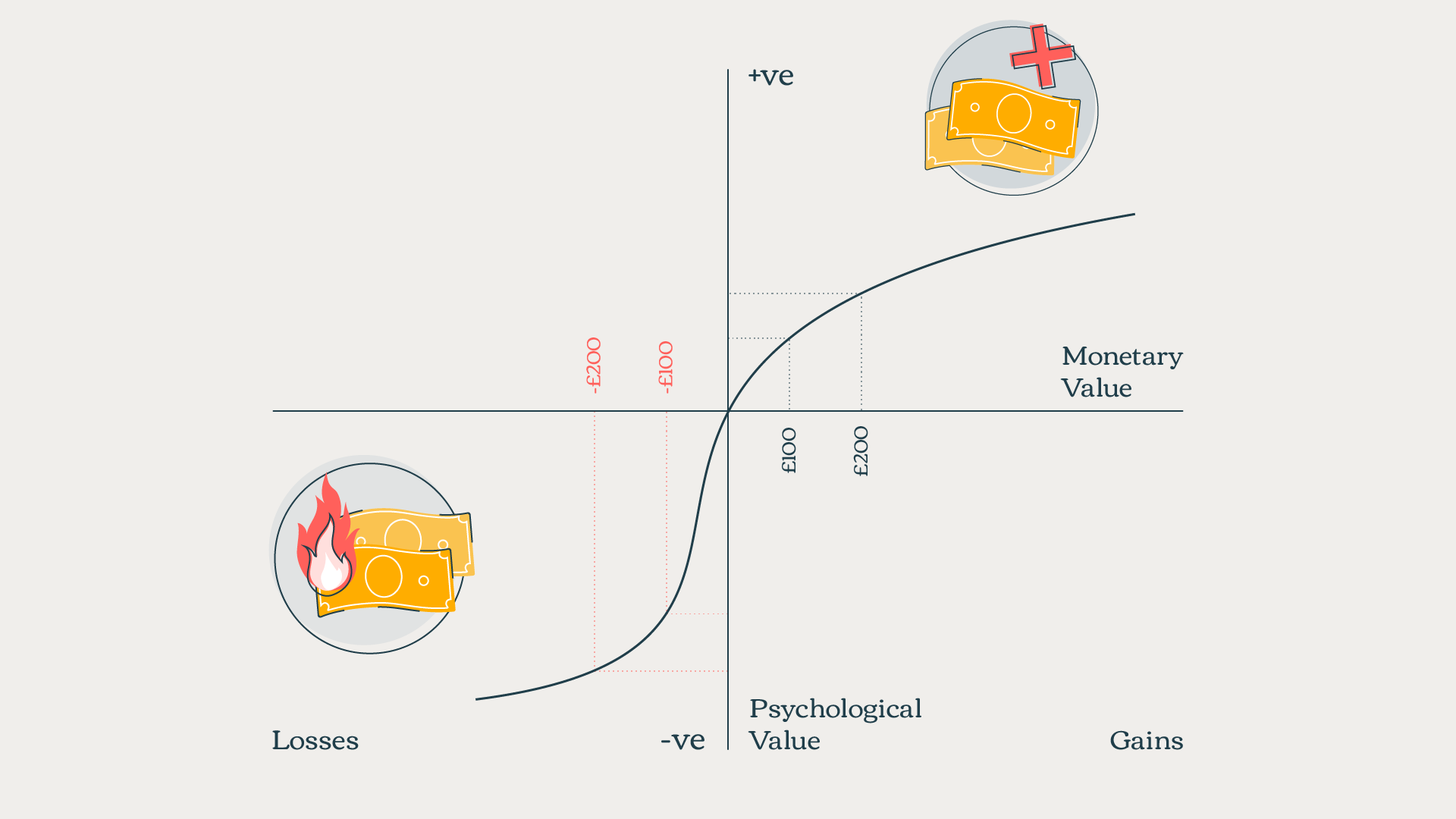Everything is broken and all your decisions are bad
The computers are after your job. Prospects are fleeing from your products. Your engineers can’t communicate with your designers, who can’t communicate with the salespeople, who can’t communicate with the chief executive (who doesn’t communicate with anyone). The other half of the marketing department (Giles) is having a spirited mid-life crisis and is energetically injecting the ‘life’ into his work-life balance instead of helping you out. Everything is broken and all your decisions are bad.
This is how A LOT of B2B marketing tends to start. Everything is awful, the world is leaving you behind, nobody is talking to each other, and if you don’t sort yourself out the computers will be doing your job before you can say ‘bleep bloop’.
Why pain is popular
Marketers love pain as anyone who has ever seen toiletry advertising can attest (a point deliciously satirised here by Mitchell and Webb). In B2B, pain is a great big button you can press in people’s brains to incite action, and those panic buttons come in all kinds of different flavours.
There’s the financial panic button (your sales process is a giant colander of misery!), the productivity button (Why won’t your people sprint! Fail faster! FASTER!), the CX button (your onboarding process is like being strip-searched and jetwashed!), or the reputation button (you’re selling diamonds but your brand looks like the lovechild of Screwfix and Sports Direct!? Wake up!). And that’s just to name a few.
The B2B world is more complicated than ever thanks to the exponential proliferation of digital information and it’s easy to become bewildered by its complexity. Brands play on this pain point, inducing fear of the consequences of becoming lost in this expanding, ever-shifting landscape that nobody ever completely understands to sell products that simplify it into something more manageable. Once again, it’s pain that provides the impetus to buy – a phenomenon that behavioural scientists have understood for some time.
Introducing Prospect Theory
“Those things that hurt, instruct.”
Benjamin Franklin knew that pain is more psychologically motivating than gain. We don’t just learn from pain; we’re prepared to go out of our way to avoid it. If you’ve ever lost a tenner, you’ll know that losing that £10 hurts far more than gaining £10 feels good. Behavioural science pioneers Daniel Kahneman and Amos Tversky formulated this concept back in the late 1970s into what they later called Prospect Theory, which is shown visually below.

You can see that the ‘psychological value’ of losing the £100 is about double as bad as gaining £100 feels good. And because losses hurt much more than gains feel good, us humans are therefore highly ‘loss averse’.
That loss aversion extends into risk aversion
High-stakes decisions may have a potential upside, but they can also come with huge potential losses which, because they’re painful, we’re always keen to avoid.
This risk aversion is the enemy of the B2B marketer. Generally things tick over rather nicely most of the time, and this can lead us (and our customers) to view the status quo as the best way for things to be. No risk of loss if you don’t change anything right?
This is a problem. Us B2B marketers need people to make a change to the status quo in order for people to go ahead buy our products. And so it’s here where B2B marketers tend to reframe the status quo as the riskier of the two options.
Here’s an example:
‘Sure, you could keep things as they are and not digitise your onboarding process, but since your competitors are digitising theirs and their churn rates are falling through the floor, there’s a good chance you’ll your staff to them in the next few years. But hey! It’s your call!’
Okay that’s a fairly on-the-nose example, but you get the idea. Pain is powerful.
Do remember though that playing on pain also has limits
Lay the pain on too thick, too often, and you run the risk of alienating the very people you’re trying to engage with. You don’t want to create a situation where your customers are burying their heads in the sand – known to behavioural scientists as ‘the Ostrich effect’ – because of an onslaught of trouser-darkening marketing. Campaigns that go beyond the rational with their sticks and don’t offer a quenching carrot or two along the way, they may create an undesired outcome: a lack of credibility, and with it that most crucial of things: trust.
So by all means use pain and loss aversion to battle the tyranny of inertia – it can be powerful force for positive change. Just make sure you use it to genuinely inform clients about the real risks they face and you’re not just stoking anxiety for the sake of a quick sale.
If you can do that well, they’ll thank you for it.




